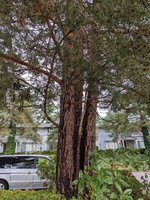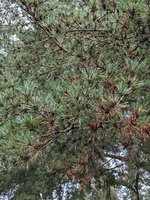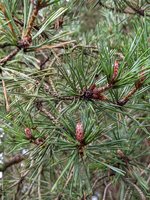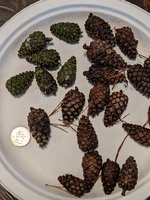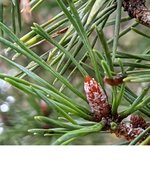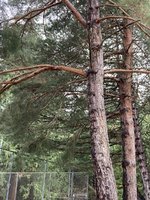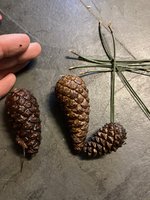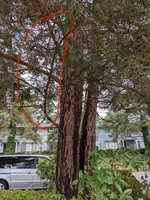BrierPatch
Mame
Can anyone help with identification of this pine tree? It has small tight needles with small cones. Been trying to determine what it is since I collected a bunch of cones from it to try out planting from seed.
I'm assuming the green cones in the pic are ones that aren't mature yet, is that true?
Thanks...
I'm assuming the green cones in the pic are ones that aren't mature yet, is that true?
Thanks...

